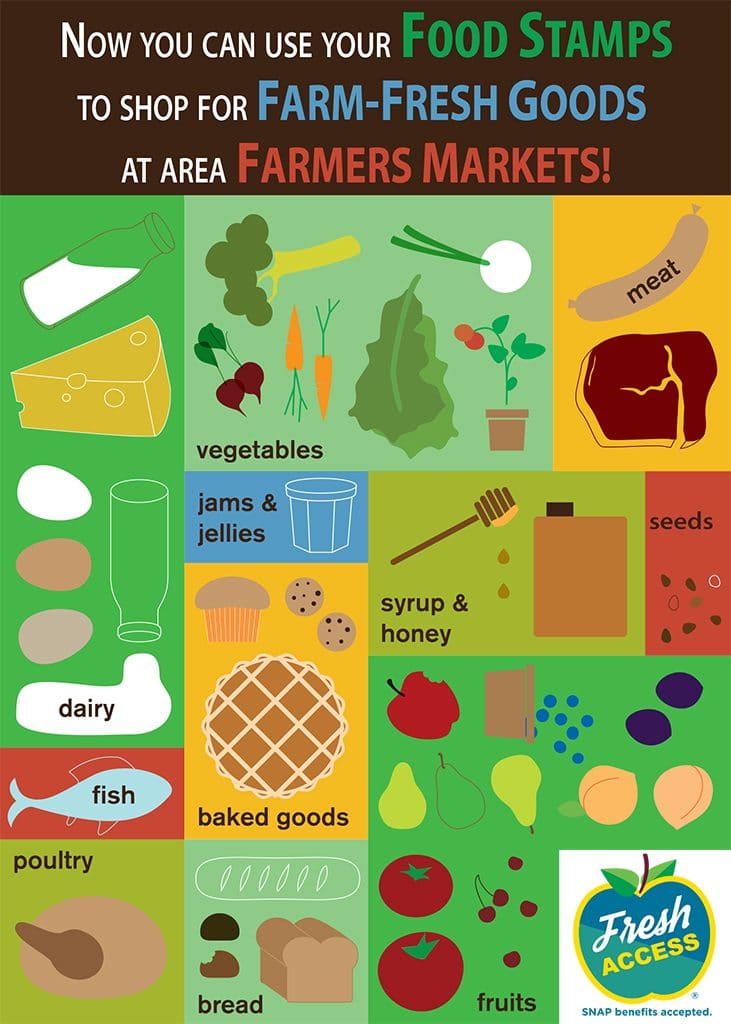Among cities of its size, Pittsburgh has the highest percentage of people – nearly 1 in 2 – residing in “food deserts.” These are low-income areas where a significant portion of residents live more than 1 mile from a supermarket or large grocery store where they can purchase a variety of fresh, healthy food.
Our 2013 food desert report concluded that in solving this problem, “one size doesn’t fit all.” Just because a neighborhood lacks a large supermarket doesn’t mean a large supermarket is the solution for all food deserts. Diverse struggling neighborhoods have different sorts of barriers to accessing nutritious and affordable food. They also have different sorts of resources to address them.
Since 2013, Just Harvest has worked to help boost access to healthy food for people in food deserts. We have done this by adopting two innovative approaches:





